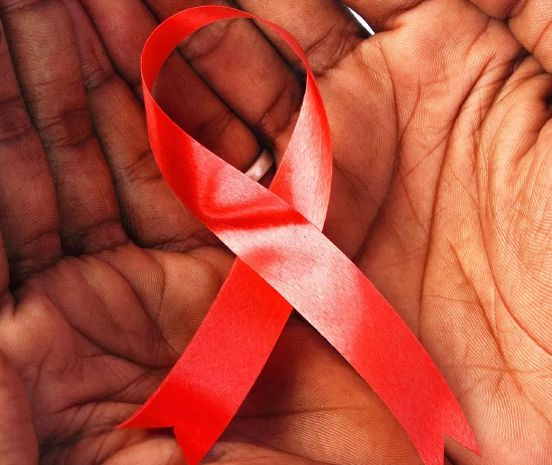The Acquired Immuno Deficiency Syndrome (AIDS)is spread by HIV- the Human Immuno Deficiency Virus. This disease affects the immune system. There are only three ways in which the disease can be spread- through sexual contact, infected needles and infected blood. In addition to this, hospital wastes have been identified as a potential cause of AIDS in India. As a matter of fact, AIDS is basically a Sexually Transmitted Disease (STD).
According to experts, India's position is grim. If it is left unchecked, it could bring about social and economic devastation in the country. Six years after the first case of AIDS was detected in India (1986), WHO estimated that in India are infected with this virus. The highest incidence of HIV infection has been reported from Maharashtra. The survey conducted by the National AIDS Control Programme reveals that Manipur heads the list in North-Eastern states. If this situation continues, the day is not far when India will top the list of people having HIV. Every fifth person carrying sexually transmitted disease in the world is an Indian. The highest number of HIV positive cases in India are in the age group of 20-40, the most productive period in the human life cycle.

The National AIDS Control Organization formed in 1993 is the leading organization for the implementation of National AIDS prevention and control program. It deals with all the aspects of the problem from supervision to education on the subject. There is a lot of misinformation on the subject in the public because of which AIDS patients suffer social humiliation. This type of discrimination is discouraging and will only elevate the intensity of afflictions of victims. The person prefers to die untreated rather than reveal his identity before undergoing testing and treatment. Refusal to accept HIV cases as a matter of policy for hospitals is discriminatory. It is against the spirit of Article 14 of the constitution. Therefore, ignorance and lack of discrimination are the great hurdles to tackle the problems sanely.
Women have now been recognized as one of the major groups requiring help. 30-40% of the infected population has been found to be among women. In many countries especially, in South Asia, women have little control over sex. A woman infected with HIV is bound to pass on the infection to her children.
A report by the United Nations on AIDS has been released to assess the achievement and set future goals to tackle the dreaded disease on a global scale. Based on the data submitted by 182 countries, the report assesses the progress and gaps in the global response. Since 1981, when the world first witnessed the emergence of this strange disease, significant gains have been made against it, but the achievement is fragile. The epidemic may have claimed 25 million lives and left 60 million infected in the last 30 years but the UNO's report has confirmed 25% drop in the number of new infections globally recently. But still winning against the epidemic demands a great amount of discovery and effective treatment as an epidemic has continued to outpace the response. In fact, there is a need for continued vigilance in view of the fact that the epidemic is easily transmitted.
Prevention policy is a potent form of dealing with the epidemic. Hope lies in the fact that the world has moved "from the state of denial to actions for achievement". We have almost overcome the psychological and social barriers in the name of stigma, discrimination, human rights, and gender inequality. It leaves a lot of scopes to take the problem by its forelock. It is tragic that such a dreaded disease requires huge expenditure for the treatment of patients. Azidothymidine (AZT), the only drug known to prolong life by about 36 months, has to be imported and costs 3 lakh a year per patient. If meanwhile, the patient develops blindness, an additional rupee of 6.9 lakh per year needs to be added to the cost of the treatment.
The poor are more prone to it rather than those who are economically better off. This would eat up the entire health budgets of most countries. The poor section of society has made it imperative on the part of the government to provide facilities for treatment to the poor. Right now, the best cure is prevention, spreading education and awareness among the masses. The more awareness among the people, the less incidence of this fatal disease.
